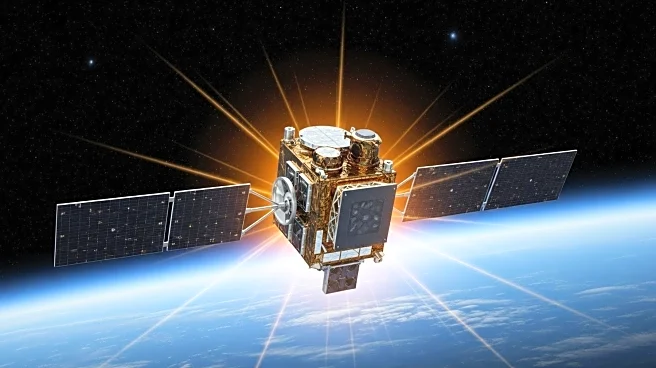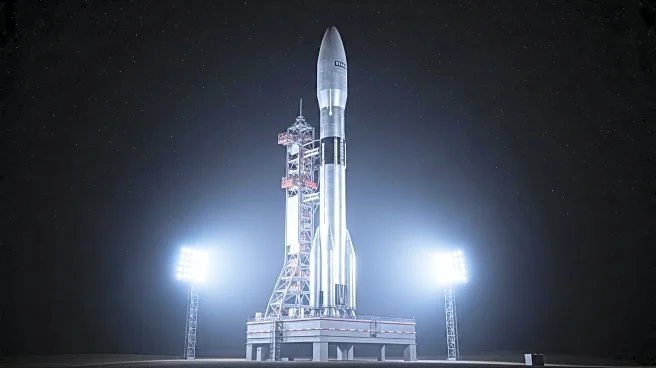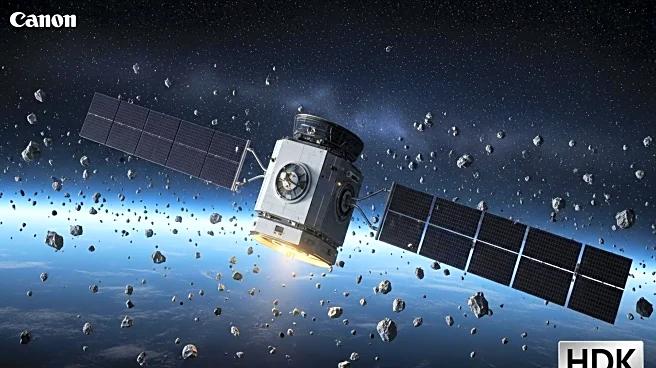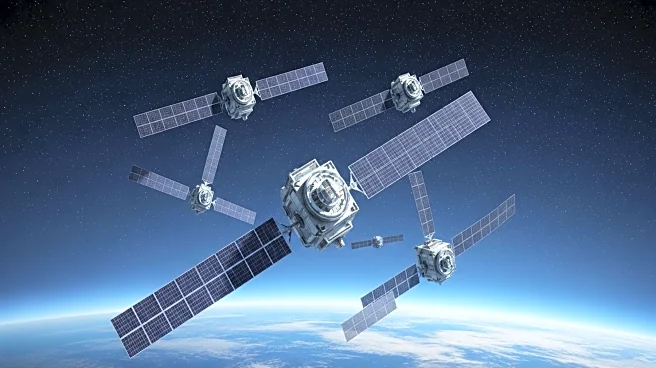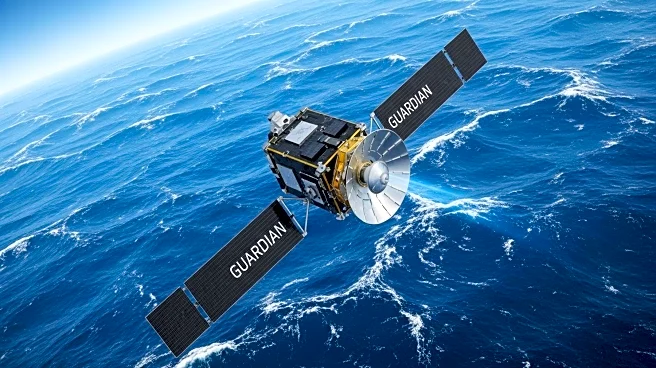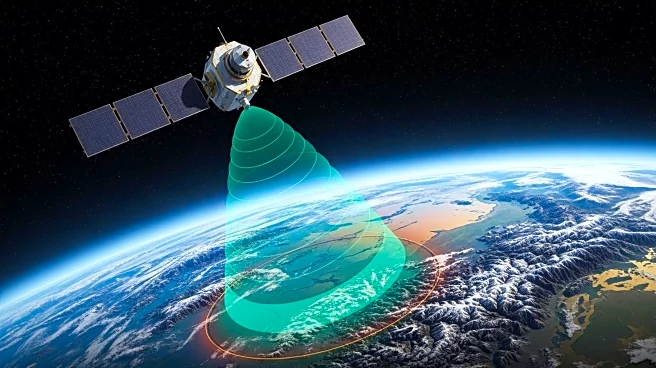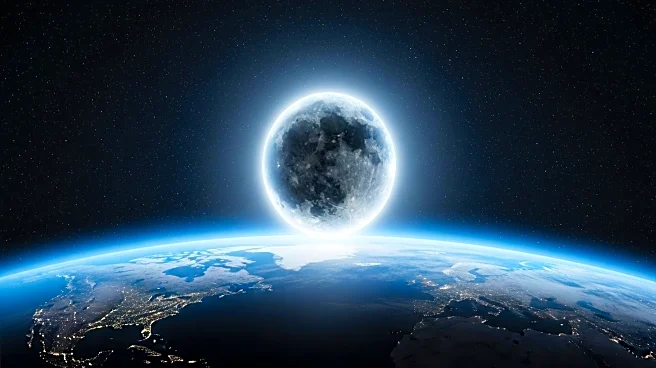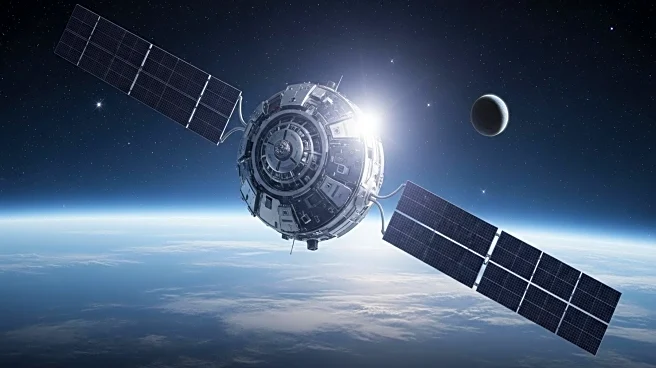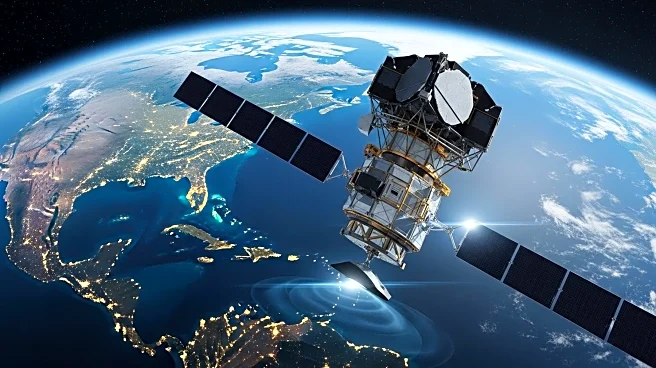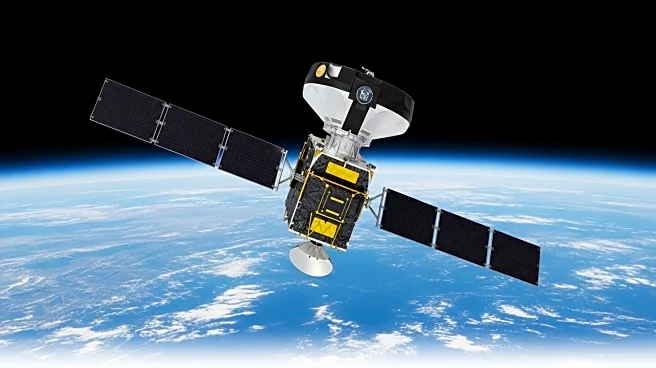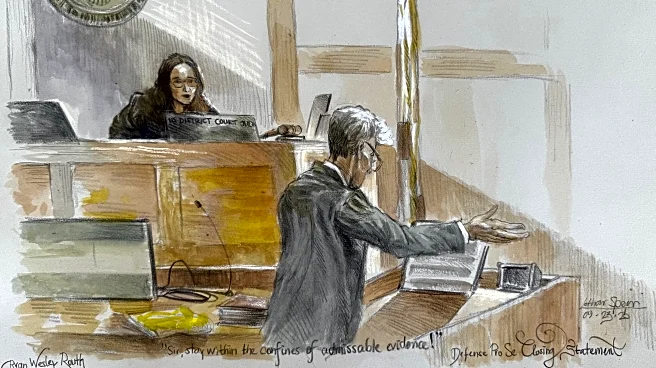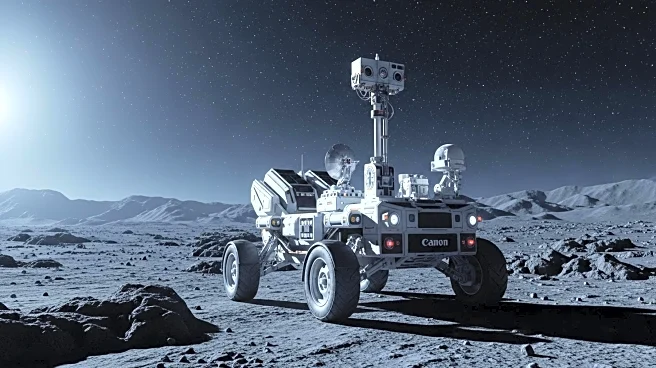What is the story about?
What's Happening?
NASA's GUARDIAN system, developed by the Jet Propulsion Laboratory, has demonstrated its capability to detect tsunamis almost instantaneously by monitoring atmospheric waves. During a recent real-world test following an 8.8 magnitude earthquake off Russia's Kamchatka Peninsula, GUARDIAN detected atmospheric pressure waves within 20 minutes, issuing alerts well before the tsunami reached Hawaii. The system utilizes Global Navigation Satellite Systems (GNSS) data to identify atmospheric disturbances caused by tsunamis, offering a rapid response tool for early warning systems.
Why It's Important?
GUARDIAN's ability to provide near-instantaneous tsunami detection represents a significant advancement in global hazard monitoring. This technology could enhance early warning systems, allowing for quicker evacuations and potentially saving lives in coastal communities. By complementing existing seismic and ocean-based detection methods, GUARDIAN offers a space-based solution that can confirm tsunami events more rapidly. This development underscores the importance of integrating advanced satellite technology into disaster response strategies, potentially influencing future policy and investment in global disaster preparedness.
What's Next?
The successful test of GUARDIAN may lead to its broader implementation in global tsunami warning systems, potentially influencing international cooperation in disaster response. Further development and refinement of the system could enhance its accuracy and reliability, making it a critical tool for emergency management agencies worldwide. As GUARDIAN continues to evolve, it may also inspire similar innovations in monitoring other natural disasters, expanding its impact on global safety and preparedness.
AI Generated Content
Do you find this article useful?
